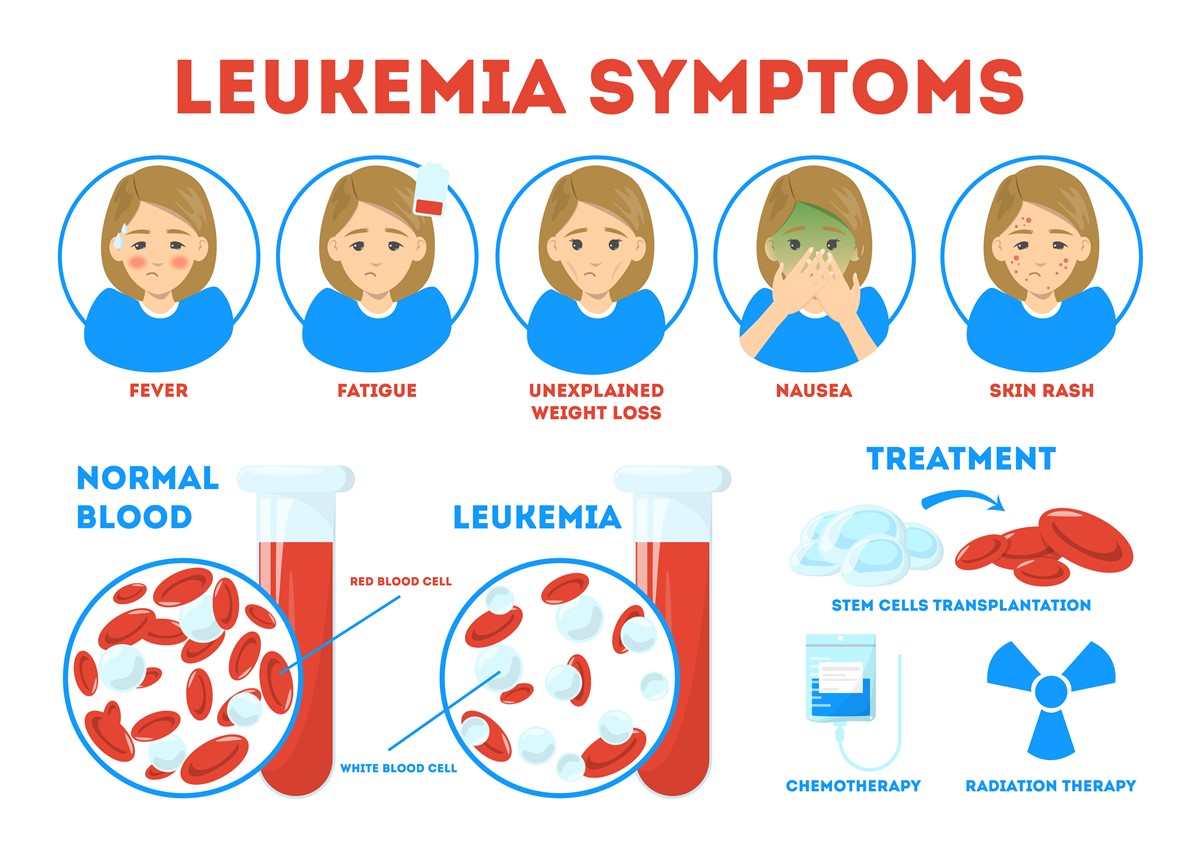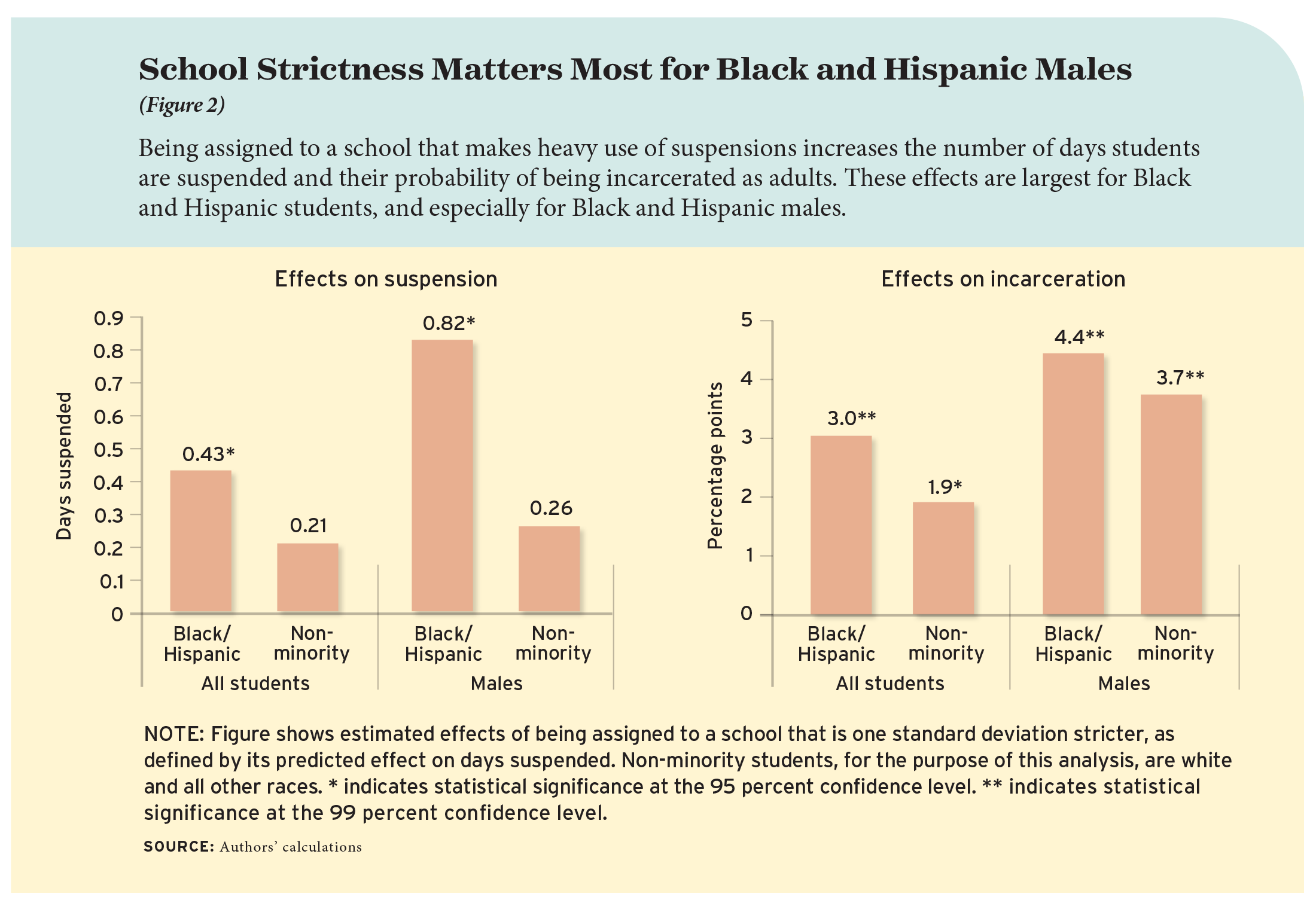Leukemia a brief overview
Table of Contents
Table of Contents
Leukemia is a type of cancer that affects the blood and bone marrow and has varying degrees of severity. Every year, thousands of people are diagnosed with this disease, making it one of the most prevalent cancers worldwide. Understanding leukemia facts and statistics is crucial in raising awareness and funding for further research to improve treatments. In this article, we will explore the most important facts and statistics related to leukemia and how it affects individuals.
Pain points related to leukemia facts and statistics
Leukemia affects people of all ages and can have a significant impact on daily life. Patients with leukemia often have to undergo treatment that can cause serious side effects, such as hair loss, nausea, and fatigue. Furthermore, leukemia treatments can be expensive and not always covered by healthcare plans. Coping with the emotional and physical toll of leukemia can also be challenging for both patients and their families.
The target of leukemia facts and statistics
Leukemia is a complex disease, and understanding its basics can help raise awareness and promote early detection. Leukemia is a cancer of the blood cells and bone marrow, which usually affects the lymphatic system or the myeloid system. There are four different types of leukemia, including Acute Lymphoblastic Leukemia (ALL), Acute Myeloid Leukemia (AML), Chronic Lymphocytic Leukemia (CLL), and Chronic Myeloid Leukemia (CML). Symptoms of leukemia vary depending on the type and can include fatigue, frequent infections, and unexplained weight loss.
Summary of leukemia facts and statistics
Leukemia is a common and serious type of cancer that affects people of all ages. The disease disrupts the production of blood cells and can cause a wide range of symptoms. There are different types of leukemia, and the diagnosis and treatment options will depend on each patient’s specific condition. Knowing the basics of leukemia can help raise awareness, promote early detection, and encourage further research into treatments.
Leukemia facts and statistics: Survival Rates
When a person is diagnosed with leukemia, one of the most common questions is about survival rates. Survival rates are a measure of the percentage of people who are still alive after a certain period of time following a cancer diagnosis. According to the American Cancer Society, the five-year survival rate for people diagnosed with leukemia is around 62%, meaning that around 62% of people diagnosed with leukemia will live for at least five years after their diagnosis. However, survival rates vary widely depending on factors such as the type of leukemia, age, and overall health condition of the patient.
 Leukemia facts and statistics: Treatment Options
Leukemia facts and statistics: Treatment Options
The treatment for leukemia will depend on the type and stage of the cancer as well as the patient’s overall health condition. There are several treatment options for leukemia, including chemotherapy, radiation therapy, bone marrow transplant, and targeted therapy. Chemotherapy and radiation therapy are the most common treatments used to kill cancer cells. Bone marrow transplant involves transplanting healthy bone marrow cells into the patient’s body to replace the diseased ones. Lastly, targeted therapy involves using drugs that target specific proteins or genes in cancer cells to stop their growth and division.
 ### Leukemia facts and statistics: Risk factors
### Leukemia facts and statistics: Risk factors
Some risk factors may increase the likelihood of developing leukemia. Exposure to high levels of radiation or certain chemicals, such as benzene, can increase the risk of developing leukemia. In addition, genetics may also play a role as certain genetic mutations are associated with an increased risk of developing leukemia. Other factors that may increase the risk of leukemia include smoking, a weakened immune system, and certain viral infections such as HIV and hepatitis.
Leukemia facts and statistics: Research and Funding
Research is crucial in understanding leukemia and finding better treatments. Thanks to advances in technology and treatments, the survival rates for leukemia patients have improved over the years. However, there is still much to be done to find a cure for this disease. Funding for research is essential to improve treatments, find better diagnostic tools, and ultimately, find a cure for leukemia.
 Question and Answer
Question and Answer
Q: What causes leukemia?
A: While the exact cause of leukemia is unknown, certain risk factors such as exposure to radiation and certain chemicals, as well as genetic mutations, may increase the likelihood of developing leukemia.
Q: What are the common symptoms of leukemia?
A: The symptoms of leukemia may vary depending on the type and stage of the cancer. Some common symptoms may include fatigue, frequent infections, unexplained weight loss, and easy bruising or bleeding.
Q: What are the treatment options for leukemia?
A: There are several treatment options for leukemia, including chemotherapy, radiation therapy, bone marrow transplant, and targeted therapy.
Q: What is the survival rate for people with leukemia?
A: According to the American Cancer Society, the five-year survival rate for people diagnosed with leukemia is around 62%, although survival rates vary depending on several factors such as the type of leukemia, age, and overall health condition of the patient.
Conclusion of leukemia facts and statistics
Leukemia is a serious disease that affects thousands of people worldwide. Understanding the basics of leukemia, including its symptoms, risk factors, treatment options, and survival rates, is essential in promoting early detection and improving treatments. While there is still much research to be done to find a cure for leukemia, funding for research is vital in advancing treatments and ultimately finding a cure for this disease.
Gallery
Leukemia: A Brief Overview | Cardiovascular Disorders And Diseases

Photo Credit by: bing.com / leukemia leucemia lymphoma behandeling ziekte gevaarlijke malattia trattamento sintomi pericolosa leucémie sang maladie leukemie steadyhealth
Pin On Leukemia

Photo Credit by: bing.com / leukemia facts infographic acute lymphoblastic choose board
4,652 Likes, 24 Comments - Medical Doctors Worldwide (@medical.doctors

Photo Credit by: bing.com / leukemia acute lymphoblastic magazineup leukemi oncology labstuff
Pin On Health & Beauty -Rx-

Photo Credit by: bing.com / leukemia blood statistics infographic 10mg atra rate cancer ca diagnosis survival health buy aml visit awareness mymedistore
Pin On Mesothelioma

Photo Credit by: bing.com / leukemia myeloid chronic symptoms cancer leukaemia cml acute awareness diagnosis blood understanding expectancy life marrow bone science myeloma mesothelioma multiple





